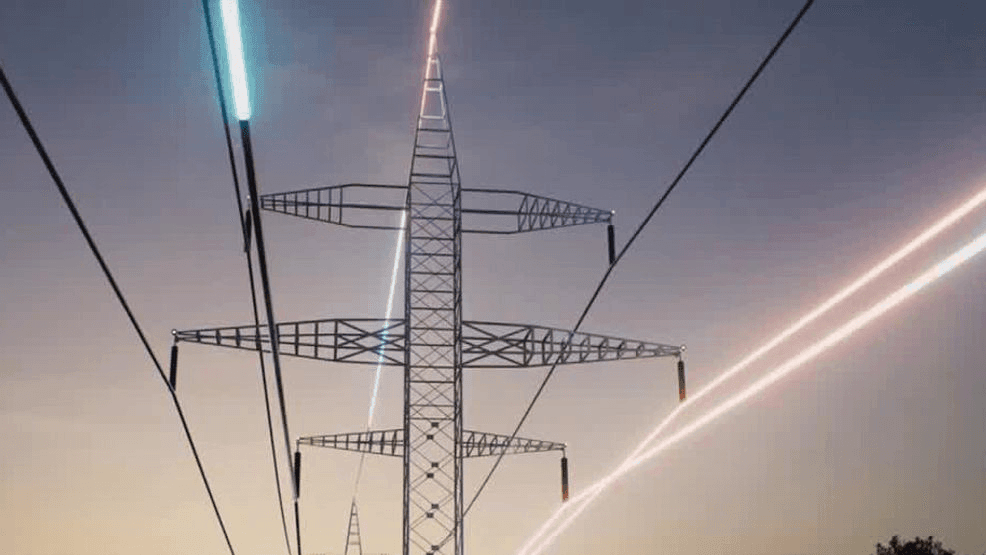As tension over the proposed Maryland Piedmont Reliability Project continues to rise, some lawmakers are looking to Governor Wes Moore to explore other ways to generate more energy in the state.
The MPRP is a 70-mile transmission line that, if approved by the Public Service Commission, would run through Baltimore, Carroll, and Frederick counties. Energy officials with PJM, the regional transmission organization, have said it is a necessary project to meet growing energy demands from data centers and electrification, in addition to power plants retiring.
However, lawmakers like Senator Chris West, have argued the project won’t benefit Maryland and are pushing for other solutions.
“It may add to the profitability of commercial data centers down in Loudon County, but for Marylanders, it’s only going to bring destruction to their lives and livelihoods,” West said.
ALSO READ| Possible Maryland power project reroute would benefit Virginia data centers
“The problem is, we are in dire need of generating more electricity here in Maryland,” he added. “That’s a much bigger issue than just the powerline and the Governor needs to involve himself in that.”
According to a newly released report on Data Centers in Virginia, written by the Joint Legislative Audit and Review Commission, “the data center industry boom in Virginia has substantially driven up energy demand in the state, and demand is forecast to continue growing for the foreseeable future.”
“An independent forecast commissioned by JLARC shows that unconstrained demand for power in Virginia would double within the next 10 years, with the data center industry being the main driver. JLARC’s independent forecast largely matches the most recent forecast by PJM, which is the regional organization that coordinates generation and transmission operations for Virginia and several other eastern and midwestern states,” the report added.
According to data provided by PJM, about 7.8% of Maryland’s in-state generation for 2023 came from wind, solar, and hydro sources. While the Calvert Cliffs Nuclear Power Plant is operational in Maryland, last year 42.9% of energy generated in-state came from nuclear. But even though Maryland is producing energy, the state as a whole consumes more energy than it generates, meaning Maryland needs to produce more energy than it currently is.
ALSO READ| Amid transmission line fight, leaders look to other energy alternatives
In reference to renewable energy sources, the Virginia report continued to say, “new solar facilities, wind generation, natural gas plants, and increased transmission capacity would all be required to meet unconstrained demand, and the number of projects needed would be very difficult to achieve.”
With growing energy needs seen nationwide, other states and companies are turning to nuclear energy.
Last week, Meta announced a request for proposals to identify nuclear energy developers to help meet their AI objectives.
A press release said, “we believe nuclear energy will play a pivotal role in the transition to a cleaner, more reliable, and diversified electric grid.”
Utah Governor Spencer Cox recently announced new investments for nuclear energy in his fiscal year 2026 budget recommendations. The proposed budget dedicates $20 million toward nuclear energy development and $4.2 million for geothermal energy, to help double Utah’s energy production over the next decade.
While Governor Moore has expressed concerns about the Maryland Piedmont Reliability Project, it is unclear whether he would support allocating more resources toward investing in nuclear energy. His office has not yet responded to questions about how he plans to address Maryland’s energy needs.
